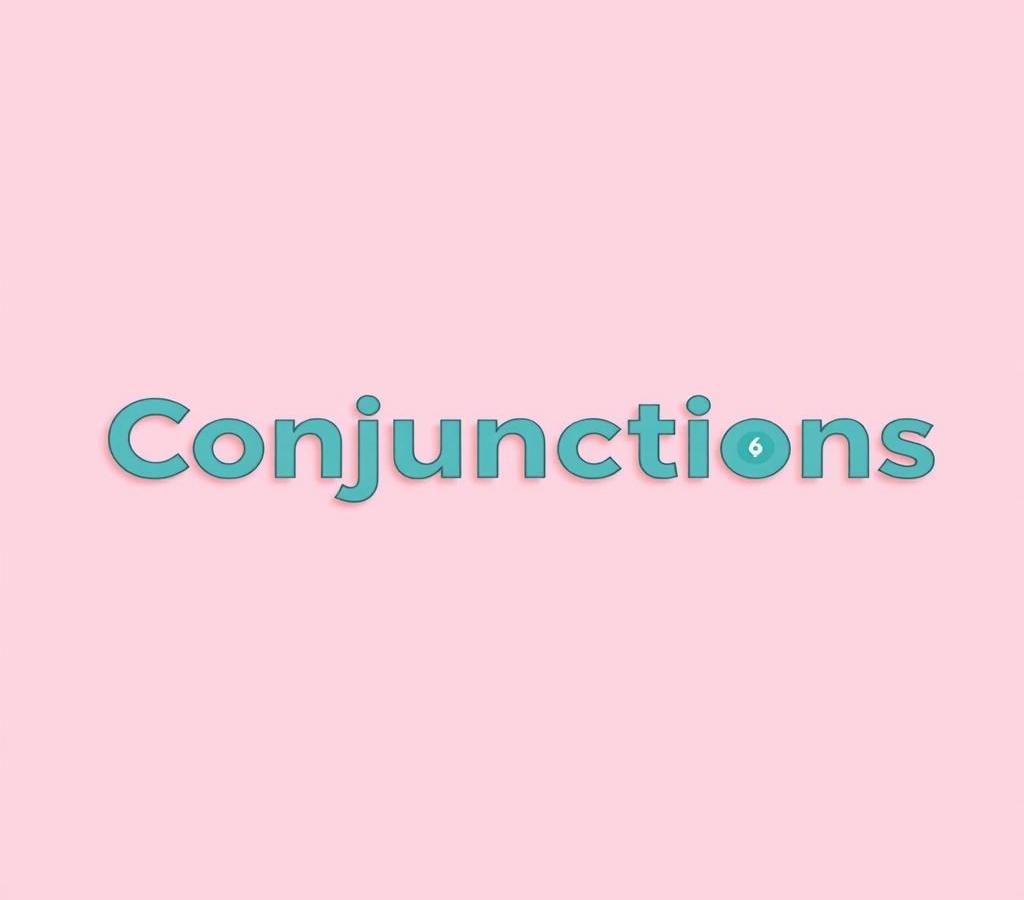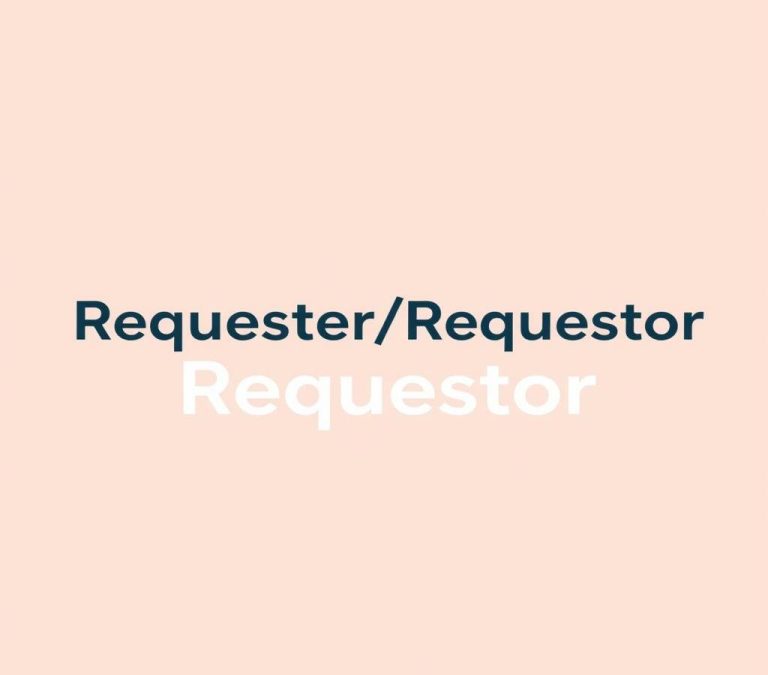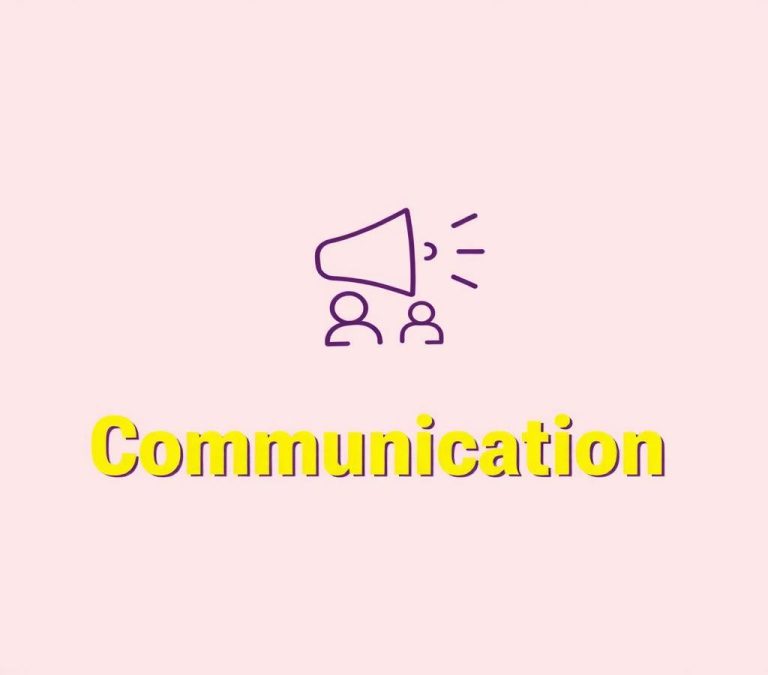Conjunctions vs. Contractions: Grammar Usage Explained
Conjunctions and contractions are important parts of the English language, but they serve different purposes. Conjunctions like “and,” “but,” and “or” connect words, phrases, or clauses, helping sentences flow smoothly. Contractions, on the other hand, are shortcuts where two words combine to make speech or writing easier and quicker, such as “can’t” for “cannot” or “it’s” for “it is.” Knowing the difference between conjunctions and contractions can help improve both writing and speaking skills. This article explores how each functions within sentences and why they matter.
Quick Answer
A conjunction connects two words, phrases, or clauses (e.g., and, but, or). A contraction is a shortened form of a word or phrase made by omitting one or more sounds (e.g., don’t for “do not”, won’t for “will not”). The key difference is that conjunctions join, while contractions combine and shorten.
Why There is Confusion
Understanding the English language can be challenging due to the richness and complexity of its vocabulary and grammar rules. Two terms that often cause confusion are “conjunction” and “contraction.” While they might sound similar, they serve very different purposes in language. Misunderstanding these terms can lead to incorrect usage, which can affect both writing and comprehension. Let’s explore these terms to clarify the differences and usages of conjunctions and contractions.
What Does Conjunction Mean?
A conjunction is a part of speech that connects words, phrases, or clauses. The primary function of conjunctions is to join different elements of a sentence to provide coherence and fluency. There are three main types of conjunctions: coordinating, subordinating, and correlative.
- Coordinating Conjunctions: These are used to join individual words, phrases, or independent clauses that are of equal rank. The most common coordinating conjunctions are: for, and, nor, but, or, yet, so. A helpful way to remember them is the acronym FANBOYS.
- Subordinating Conjunctions: These connect a dependent clause to an independent clause, establishing a relationship between them. Examples include: although, because, since, unless, while, etc.
- Correlative Conjunctions: These are pairs of conjunctions that work together to relate parts of a sentence. Examples include: either…or, neither…nor, not only…but also, both…and, etc.
What Does Contraction Mean?
A contraction is a shortened form of a word or group of words created by omitting certain letters or sounds. In English, contractions are often used to combine pronouns, auxiliaries, and sometimes nouns with verbs or other auxiliaries. The omitted letters are replaced by an apostrophe, helping to make speech and writing more informal and relaxed.
Examples include:
- Cannot becomes can’t
- Do not becomes don’t
- I am becomes I’m
- They have becomes they’ve
Contractions are commonly used in everyday conversation and casual writing, but are often avoided in formal writing to maintain clarity and professionalism.
Differences Between Conjunction and Contraction
To differentiate conjunctions and contractions further, it is helpful to look at their parts of speech, functions, and formation.
Differences in Parts of Speech
Conjunctions are a part of speech on their own. They are essential in forming relationships between parts of a sentence, ensuring that ideas and sentences flow logically.
In contrast, contractions are not part of speech but rather a grammatical tool used to simplify pronunciation and glibness in communication. They combine two words to make speech faster and easier but do not alter the intrinsic meaning of the original words.
Differences in Function
Conjunctions function to join sentences or parts of sentences. They provide structure and meaning, helping language to be more comprehensible and organized. For instance, in the sentence “I wanted to go for a walk, but it was raining,” the conjunction ‘but’ contrasts two ideas.
Contractions function to streamline speech and writing. They serve to keep conversation and text brisk and are widely accepted in informal contexts. For example, “I don’t know” is quicker to say and write than “I do not know.”
Differences in Formation
The formation of conjunctions is straightforward, as they are standalone words without alterations. For example, the word ‘and’ remains the same in any sentence where it is applied.
Contractions, on the other hand, are formed by combining two words and replacing omitted letters with an apostrophe. This requires a transformation from the original form. For instance, in “She is” becoming “She’s,” the second word ‘is’ is shortened by removing the ‘I’ and replacing it with an apostrophe.
Synonyms for Conjunction
Conjunctions don’t exactly have synonyms because they are specific in their function. However, depending on the context and what role the conjunction plays, other words or phrases can sometimes substitute for them:
- For: Because, since
- And: Plus, along with
- Nor: Neither
- But: Yet, however
- Or: Alternatively, otherwise
- Yet: Still, nevertheless
- So: Therefore, thus
Synonyms for Contraction
Similarly, contractions do not have direct synonyms, but they can be expanded into their full forms. Here are some common contractions with their expanded counterparts:
- Can’t: Cannot
- Don’t: Do not
- I’m: I am
- They’re: They are
- We’ve: We have
- You’re: You are
- He’s: He is
Examples of Conjunction vs Contraction Usage
Effective writing often includes a mix of conjunctions to form complex sentences and contractions for informal tone. Here are some examples demonstrating the use of conjunctions and contractions:
- With Conjunction: “She wanted to buy a new dress, but she didn’t have enough money.” Here, ‘but’ is the conjunction linking two contrasting clauses.
- With Contraction: “She couldn’t decide whether to save money or spend it.” Here, ‘couldn’t’ is a contraction of ‘could not’, maintaining the informal tone of the sentence.
- With Both: “I wanted to go see the movie, yet I couldn’t because it was sold out.” The conjunction ‘yet’ joins the clauses, and the contraction ‘couldn’t’ simplifies the phrase ‘could not’.
Conclusion
Although conjunctions and contractions may sound similar when spoken of in the context of English grammar, they serve entirely different purposes. A conjunction is a word that connects words or groups of words, maintaining the flow and structure of a sentence. A contraction, on the other hand, is a shortened form of one or two words, making communication easier and faster in informal contexts. Understanding these differences can significantly enhance both written and spoken English, ensuring that your communication is both effective and appropriate for the context in which you are using it.







